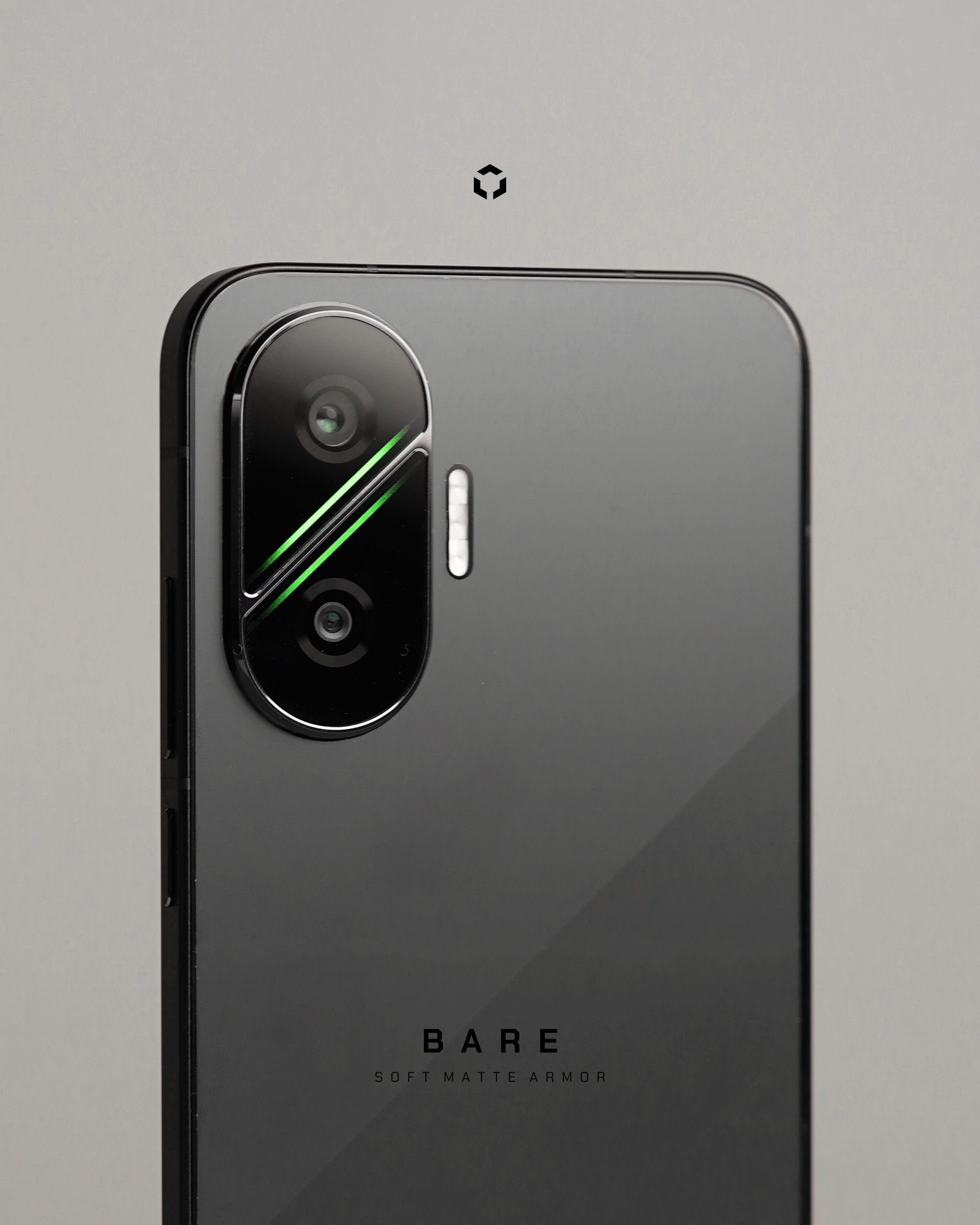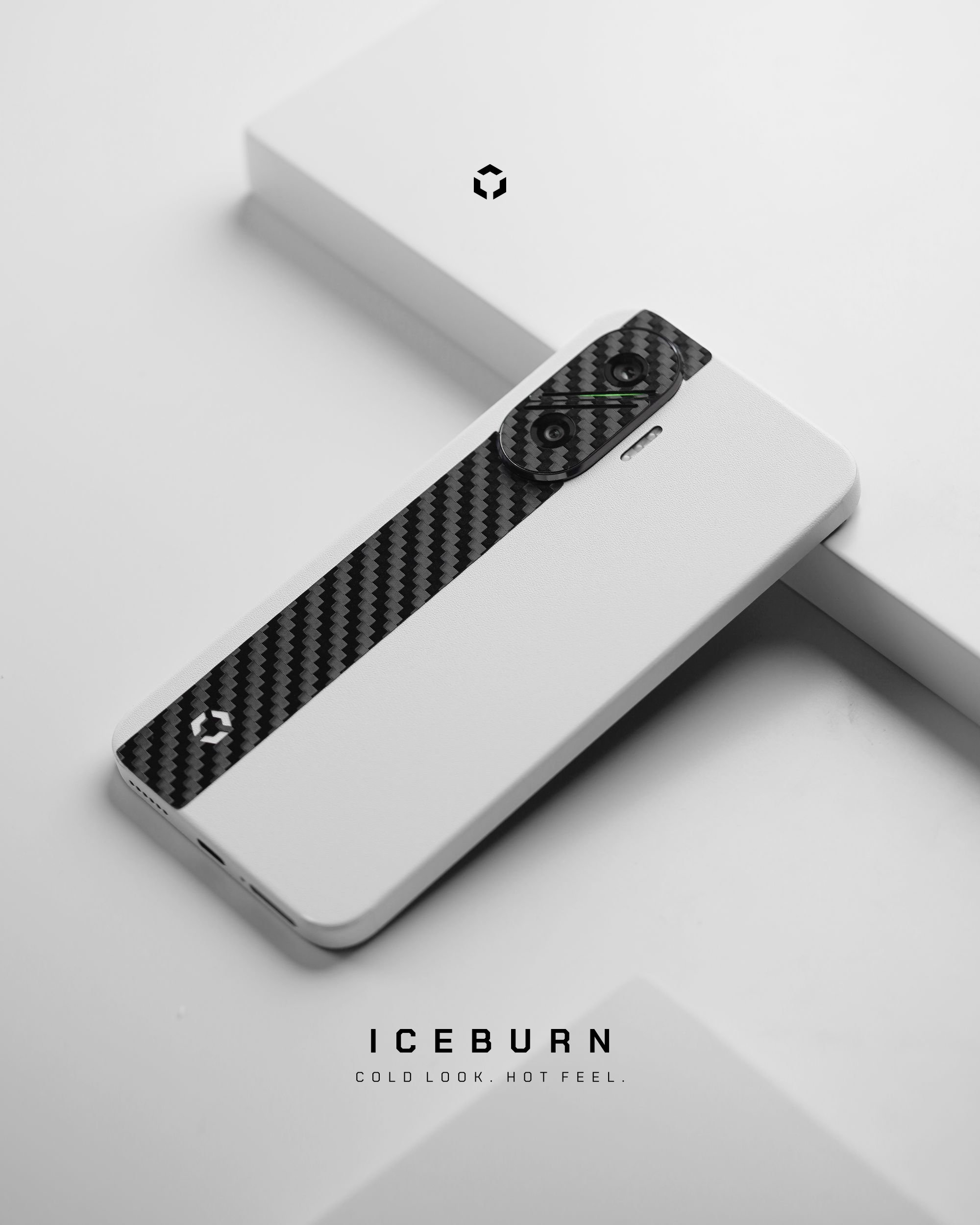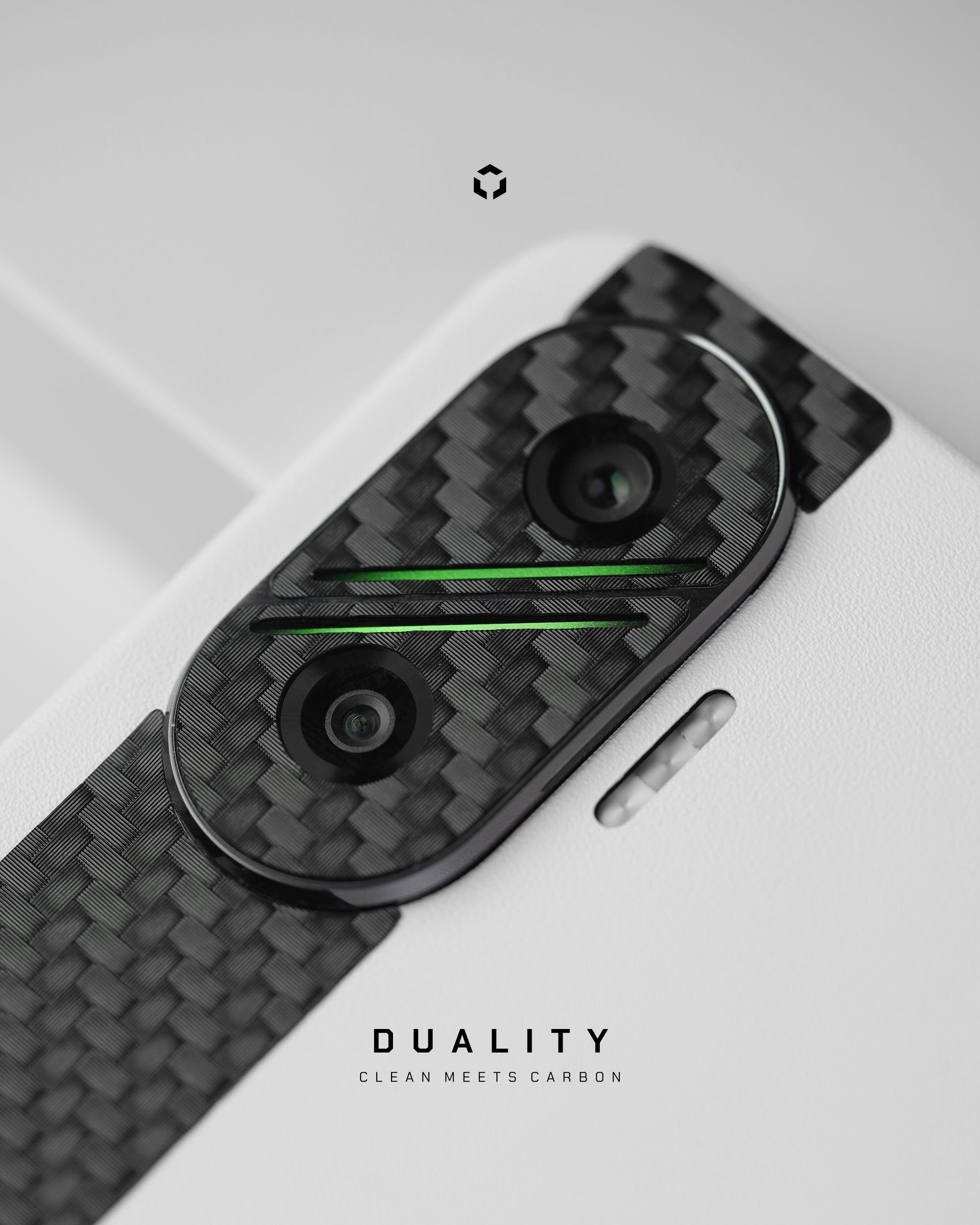

The Next Frontier in Mobile Customization
It’s 2025, and the way we personalize our phones has outgrown static wallpapers and off-the-shelf cases. Mobile customization is shifting from mere surface-level aesthetics to immersive, multi-sensory experiences that blend digital identity, augmented reality (AR), and even haptic feedback. Welcome to the era where your smartphone isn’t just a device—it’s a living canvas for self-expression.
From Static to Kinetic: Dynamic Surfaces Take Over
Remember when a glossy case was the pinnacle of phone flair? These days, dynamic skins equipped with micro-LEDs and AR markers are making waves. Imagine a back panel that reacts to your mood, shifting colors with your heartbeat or displaying subtle animations that only you and close friends can view through an AR app. No longer is your phone just a screen in your hand; it’s an interactive display that evolves around you.

Augmented Reality: Your New Phone “Case”
- AR Tattoos: Virtual ink designs that appear on your device when viewed through compatible glasses or phone cameras. Choose tribal patterns, digital landscapes, or even personalized logos that float above your phone’s chassis.
- Gesture-Activated Effects: Swipe in the air above your phone, and watch an animated ripple travel across its surface. Orientation-based AR effects can turn every pixel into part of a light show.
- Contextual Themes: Your device senses location and adapts its look—urban concrete textures in the city, serene forest motifs on weekend getaways.
The Rise of Functional Aesthetics
In 2025, customization transcends beauty; it’s about smarter interactions. Phone skins will integrate conductive threads that let you map shortcuts—double-tap one corner to launch your favorite playlist, pinch two edges to trigger a camera macro, or run a finger along an embossed ridge to check notifications without looking at the screen.
Haptic Harmonies: Touch as a Design Element
Tactile feedback is no longer confined to jiggly pop-ups or clicky virtual keys. Expect back panels embossed with micro-textures linked to vibration patterns. A sleek diagonal line might pulse gently when you receive a message, or a honeycomb pattern could hum subtly when the phone locks. It’s personalization you can feel, turning every notification into a mini sensory experience.
AI-Driven Personalization: The Smart Skin Revolution
Artificial intelligence is weaving itself into the very fabric of mobile expression. Smart skins learn your habits and adjust their visual language accordingly. They might display a soft sunrise gradient to wake you up with your alarm, or switch to a calming nightscape when you’re winding down. This level of adaptive design makes your device feel less like a tool and more like a companion.
Why Matte Finishes Are Just the Beginning
We’ve seen matte phone skins trending for their glare-free, understated elegance. But while matte textures still hold their place, they’re now the launching pad for more advanced customizations. A matte Poco F7 skin can provide the perfect canvas for laser-etched nano patterns or serve as a base layer for AR markers that bring static designs to life.
Designing Tomorrow: What to Watch
- Embedded Micro-LEDs: Even budget phones might sport skins that light up with notifications or ambient effects.
- Biometric Art: Skins that morph based on body temperature or heart rate, turning your phone into a personal bio-feedback device.
- Eco-Conscious Materials: Sustainable, plant-based skins infused with seed paper to grow a small herb garden once you’re ready to recycle.
Get Ahead of the Curve
The future of phone personalization is less about choosing between a dozen static colors and more about curating an evolving aesthetic experience. If you’re looking to dip your toes into this brave new world, start small: try a precision-cut, matte finish Poco F7 skin as your foundational canvas. As the technology around AR, AI, and haptic design matures, you’ll be perfectly positioned to upgrade from a simple protective layer to a portal of self-expression.
Gallery Sneak Peek
